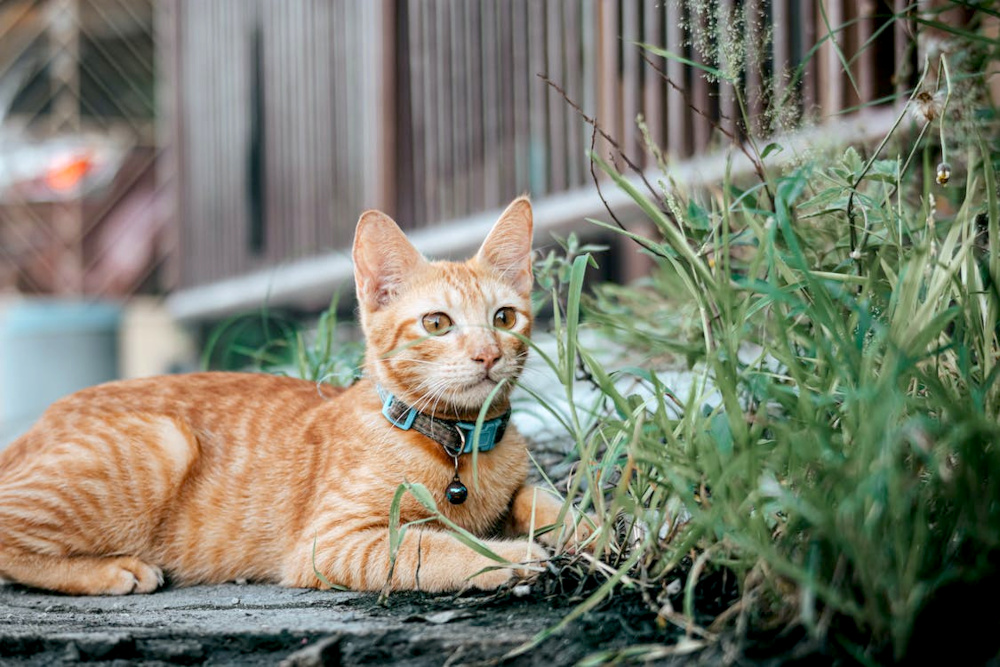What should I do if my cat is missing?

Having your cat go missing can be very distressing for cat owners. However, there are steps you can take so that if the worst happens and your cat does go missing, you have a better chance of finding them.
Don’t wait for your cat to be lost first! While your cat is safely at home, you should make sure that:
- Your cat has proper identification, including a microchip and, ideally, external identification such as a safe quick release collar with a tag that displays your name and contact number.
- All of the details for your cat on the microchip database and ID tag are up to date at all times.
You have a current photograph of your cat to help find and identify him/her (including photographs of your cat’s full body and face). - You have a plan ready to help you find your cat if he/she does go missing. Prepare this plan before something happens; you will probably be a lot calmer and thinking more clearly to make sure you make a good plan to help you find your cat when your cat is not actually missing! Having the plan ready will also save valuable time. If the worst happens and your cat does go missing, act quickly and follow the plan you have prepared.
Your missing cat plan should include the following:
- A thorough and well-conducted physical search is the most effective way to find a missing cat:
- Conduct a thorough search of your house and backyard for your cat.
- Notify your neighbours and get permission to conduct a thorough search of their properties for your cat too.
- Alert and visit local animal agencies (for example your local pound and RSPCA).
- Distribute fliers around your neighbourhood with photos of your lost cat.
- Go online and look for information and post about your lost cat in local online community groups such as Facebook pages.
- Advertise in local papers with photos of your lost cat.
Most cats who live indoors or are contained to their owners’ property will become afraid if they get out and will hide but they will want to return inside their known territory (their home/your property).
This means that most of these cats can be found very close to home and there are steps that you can take to help your cat return home. Most of these cats are likely to be hiding somewhere close but in places you cannot see them; they are usually frightened and will not emerge, even when their family is looking for them.
Here are some steps you can take to help you find your missing cat:
- Look carefully in all of the potential hiding places you can think of or find. Be aware that some missing indoor cats are actually hiding inside the home and you just can’t find them, so make sure you search the home very thoroughly!
- Put your cat’s favourite food inside but very close to your door and leave the door open, watch from afar to see if your cat comes out from hiding, and wait patiently. It may take some time but many cats will return inside for the food and then you can close the door behind them.
- If you do not find your cat and they do not return home within a few hours then consider putting out humane traps with your cat’s favourite food in them.
- In addition, action the rest of your ‘lost cat plan’. The sooner you find your cat the better, so don’t wait. It is best you do everything in your plan and find your cat quickly, even if your cat might return home on their own, rather than waiting and risking your cat being lost for longer than absolutely necessary.
The situation is different for cats who free-roam. These cats are used to being out and about and usually if they do not return it means that something may have happened to prevent their normal behaviour of returning home. This could include injury, illness, or mistakenly being removed by a passerby.
These cats are usually still found close to home but may be within 2-3 blocks of your house, as this is still within most cats’ home ‘territory’ range.
You should still follow the same steps as for finding a cat who lives indoors or contained to their owners’ property, but you will need to extend your search area wider and also immediately concentrate on all of the other aspects of your plan to find your cat (for example, contacting vets and animal agencies, putting up fliers, advertising, using online search tools as explained above).
Finally, be persistent! Even if you do not find your cat straight away continue looking, advertising, and visiting local animal agencies to look for your cat. Many cats will hide for a long time if they are afraid, and may only be found or return home after days or even weeks so you shouldn’t give up. It may take some time to find your cat but it will be worth the time and effort to have them safely home.
Was this article helpful?
This work is licensed under a Creative Commons Attribution-NonCommercial-NoDerivatives 4.0 International License.


